Pigeons are fascinating creatures that have been studied for centuries. They are known for their remarkable navigation skills and have been used as messengers in the past.
But have you ever wondered how far can a pigeon fly without stopping?
In this blog, we will explore the world of pigeons and answer this question that has piqued the curiosity of many.
From understanding different species of pigeons to their navigation skills, we will cover it all.
We will also delve into the history of pigeons beyond being messengers, including their role in wartime. Whether you’re a pigeon enthusiast or just curious about these birds, this blog is for you!
Understanding the Pigeon Species: Breeds of Pigeons
Pigeons, belonging to the Columbidae family, come in various breeds, each with its own unique characteristics.
These birds have been domesticated since ancient times and are known for their impressive homing abilities and navigation skills.
In fact, the Latin name for the common pigeon is Columba livia. Pigeon fanciers have been captivated by these fascinating birds for centuries.
Other members of the Columbidae family include the turtle dove, mourning dove, and the wood pigeon.

From racing pigeons that can cover hundreds of miles in a single day to the English Carrier, known for its distinctive appearance, there is a wide variety of fancy breeds to admire.
While we often see feral pigeons in our cities, it’s important to remember that they are descendants of wild rock doves, native to northern Africa and the Middle East.
Among these fancy breeds is the Indian fantail, a breed known for its unique feather arrangement.
Pigeons have played significant roles throughout history. In the 19th century, they were used as messenger pigeons during wartime, carrying vital information across long distances.
Related Article: Do Birds Have Tails?

The Pigeon’s Navigation Skills
Pigeons possess remarkable navigation skills, relying on a combination of visual cues, landmarks, the sun, and the Earth’s magnetic field.
These avian wonders exhibit an exceptional sense of direction, enabling them to find their way back to their loft from long distances.
They also have the ability to detect ultraviolet light, which aids them in navigating even during cloudy or overcast conditions.
These intelligent birds can memorize routes and recognize familiar places, further enhancing their navigational prowess.
The utilization of visual cues and reliance on magnetic fields are key features of pigeons’ navigation skills.

By leveraging these mechanisms, pigeons can undertake long flights across vast distances without getting lost.
Their innate ability to interpret and respond to their surroundings allows them to traverse unfamiliar territories and return home safely.
Whether it be deciphering the Earth’s magnetic fields or using familiar landmarks as guideposts, pigeons demonstrate an astounding level of navigational aptitude.
This unique skill set has been honed over centuries, making pigeons one of the most proficient navigators in the avian kingdom.
Related Article: Owl Bird Feather Identification

How does a Pigeon Navigate?
Pigeons navigate using a combination of instinct, experience, and sensory cues.
They rely on an internal “map” based on landmarks and visual cues.
Pigeons also have magnetoreception, which allows them to detect the Earth’s magnetic field.
They use the position of the sun or polarized light as a compass, and their sense of smell helps them recognize familiar locations.
Pigeons in History: Beyond being Messengers
Pigeons have played significant roles throughout history. They were not just messengers in ancient Egypt, Greece, and Rome, but also crucial during wartime, delivering messages behind enemy lines.
In fact, their ability to navigate long distances made them invaluable for relaying important information.

Pigeons have also been a source of food and sport for centuries. The pigeon racing industry, which originated in the 19th century, has evolved into a popular sport worldwide.
Julius Caesar is also believed to have used pigeons to carry messages during the conquest of Gaul (northern Italy, France, Belgium, and western Switzerland) from 58 to 51 BC.
Pigeon racing involves releasing trained pigeons from a specific location and timing how long it takes them to fly back to their home loft.
These racing pigeons can cover impressive distances in a single day, with an average speed of around 50 miles per hour.

The sport is particularly popular in North Africa, the Middle East, and Europe, with fanciers breeding and training pigeons specifically for racing.
It’s important to note that domesticated pigeons used for racing are different from wild pigeons, also known as feral pigeons or rock doves.
Wild pigeons have adapted to urban environments and can be seen in cities across the world.
However, they are not used for racing as they lack the necessary genetic traits and training.
The Role of Pigeons in Wartime
Pigeons played a crucial role as messenger birds during wartime, delivering vital information across enemy lines. Trained to return to their lofts with messages attached to their legs, these reliable messengers saved countless lives in dangerous situations.
Their bravery and service were recognized with medals awarded for their contributions during wartime.
Pigeons were an invaluable means of communication, especially when other forms of communication were compromised or unreliable.
They were used as commercial messengers by the world famous Reuters News Agency in Germany.
The service, which started in 1850, involved pigeons flying between Aachen and Brussels in Belgium, carrying the latest news and prices of stocks and shares.
During conflicts, pigeons provided a secure and efficient way to transmit sensitive information in various parts of the world. They were able to fly distances, often covering long stretches over hostile territory.
These incredible birds were trusted to carry important messages, ensuring that critical intelligence reached the right hands. The reliance on pigeons as messengers stretches back centuries, with their usage dating as far back as ancient civilizations, including India.
Their innate navigational abilities and unmatched homing instincts made them the perfect choice for delivering messages under challenging circumstances.
Not only were they able to fly significant distances without stopping, but they also had the endurance to complete their missions efficiently.
In recognition of their contributions, pigeons have earned a place in the annals of wartime history as unsung heroes.
How Far Can A Pigeon Fly?
Pigeons are known for their impressive flying abilities, and they are capable of covering long distances in a single flight. According to research, homing pigeons can fly up to 700 miles without stopping.
However, this maximum distance can vary depending on factors such as the bird’s age, weather conditions, and availability of food and water.
In some cases, trained racing pigeons have even been known to cover distances of over 1,000 miles.
It is amazing to think that these small birds have the ability to navigate such vast distances with such precision.
How Long Can A Pigeon Fly Without Stopping?
Pigeons are capable of flying for several hours without stopping, with some able to fly nonstop for up to 12 hours. On average, they can fly for around 6-8 hours before needing rest, food, and water.
However, the duration can be influenced by factors like weather conditions and distance.
Can Pigeons Fly at Night?
Pigeons possess exceptional night vision, enabling them to navigate in low-light conditions. Some pigeons are even trained for nighttime racing competitions.
They rely on celestial cues and landmarks during these flights, allowing them to cover longer distances. Night flights require pigeons to utilize their homing instincts more prominently.
Pigeon Racing and Sport
Pigeon racing is a fascinating sport enjoyed by pigeon fanciers worldwide. The sport involves training racing pigeons to fly back to their lofts from distant locations.
These pigeons, known as flyers, are equipped with electronic tags that record their flight time, allowing enthusiasts to measure their performance.
Pigeon racing tests the speed, endurance, and navigation skills of these remarkable birds.
The origins of pigeon racing can be traced back to the 19th century, when racing pigeons were first bred for their exceptional flying abilities.
Today, pigeon races take place all over the world, from North Africa and the Middle East to Europe and the United States. Each race can cover a considerable distance, with some spanning hundreds of miles in a single day.
Pigeon racing has a rich history and is deeply ingrained in many cultures. In the early days, different breeds of pigeons were used, including the English Carrier and the wild rock dove, which is an ancestor of the modern racing pigeon.
The sport gained popularity due to its competitive nature, and the demand for high-performance racing pigeons grew.
It involves each participant using captive pigeons, released from several pigeon lofts or dovecotes at the same time, and to lure as many birds as possible away from adjoining lofts using specially trained pigeons.
How Many Hours Can a Pigeon Fly?
Covering long distances of hundreds of miles, on average, they can fly for about 5-6 hours per day. However, their flight time depends on various factors like weather and terrain.
Some well-trained pigeons can exceed their average flight duration.
Do all pigeons fly?
Not all pigeon species are capable of sustained flight. While pigeons from the Columbidae family, like rock doves, are skilled fliers, certain breeds bred for aesthetics, such as fancy pigeons, may have limited flying abilities.
Domesticated pigeons generally fly better than their wild counterparts, and carrier pigeons are trained to fly long distances.
How do Pigeons Manage Long Distance Flights?
Pigeons possess incredible flying abilities, allowing them to cover vast distances for a long time. With speeds of up to 60 miles per hour, these birds rely on their unique respiratory system and strong wings and flight muscles for sustained flying.
Additionally, pigeons can glide and utilize air currents to conserve energy during long flights.
What Limits a Pigeon’s Flight Distance?
Pigeons’ flight distance is influenced by factors like fatigue, access to food and water, extreme weather conditions, and the health of the bird. Predators and hazards along the way can also limit their flights.
Conclusion
In conclusion, pigeons are truly remarkable birds with exceptional navigation skills. Through centuries, they have served as messengers, playing crucial roles in various historical events.
When it comes to their flight capabilities, pigeons can fly long distances without stopping, thanks to their efficient endurance and stamina.
They can cover hundreds of miles in a single flight, showcasing their impressive flying abilities.
It is important to note that not all pigeons possess the same flight capabilities, and certain factors may limit their flight distance.
Overall, the incredible feats achieved by pigeons in terms of long-distance flights and their significance in history make them a fascinating species to study and admire.
FAQ
What’s The Furthest A Pigeon Can Fly?
Pigeons have impressive flight capabilities, with homing pigeons known to cover up to 1100 miles without stopping.
On average, they can fly around 500 miles without a break.
This ability is attributed to their exceptional navigation skills and endurance. Pigeon racing competitions often showcase their long-distance flying abilities.
How Far Can Pigeons Find Their Way Home?
Pigeons possess remarkable navigational skills, enabling them to find their way back home from distant locations.
They rely on a combination of visual cues, magnetic fields, and olfactory senses to navigate.
Studies indicate that pigeons can cover distances of up to 1,000 miles while finding their way home.
This incredible homing ability is utilized in the popular sport of pigeon racing. City locals often sight pigeons flying in a flock which genuinely is a sight to behold, especially if you’re an avid bird watcher.
How High Can A Pigeon Fly In The Sky?
These birds are known to reach heights of several thousand feet while navigating long distances, such as the incredible flights documented by David A. Swanson in June 2021.
The exact maximum height may depend on factors like weather conditions and individual pigeon capabilities.
How Long Does it Take a Pigeon to Fly 100 Miles?
The time it takes for a pigeon to fly 100 miles depends on factors like wind speed. On average, pigeons fly at 50-60 miles per hour, so it would take around 2-3 hours to cover that distance at an average speed of 55 mph.
Pigeons can even fly up to 600 miles without stopping, although this is rare.


![How to Keep Birds Off Your Boat: Ways and [Best] Deterrents to Keep Birds Away From Your Boat](https://ekz2dfuukk8.exactdn.com/storage/2023/05/how-to-keep-birds-of-your-boat-870x570.jpg?strip=all&lossy=1&ssl=1)




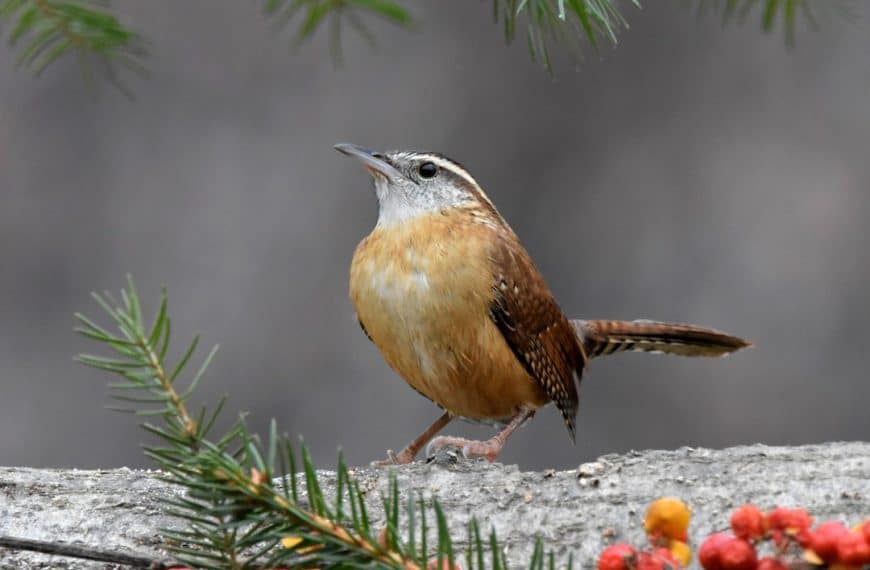
![How to Identify Turkey Feathers [Ultimate Guide]](https://ekz2dfuukk8.exactdn.com/storage/2023/03/HOW_TO_IDENTIFY_TURKEY_FEATHERS-793x570.jpg?strip=all&lossy=1&ssl=1)
![How to Attract Ravens to Your Yard: The [Complete] Guide to Attracting these Beautiful Birds to your Backyard](https://ekz2dfuukk8.exactdn.com/storage/2023/10/How-to-Attract-Ravens-to-Your-Yard-870x570.jpg?strip=all&lossy=1&ssl=1)
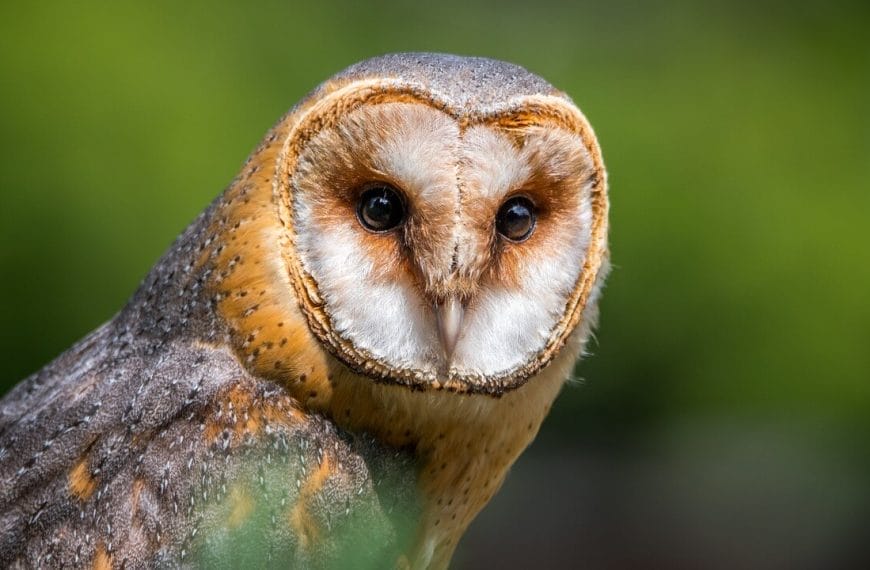





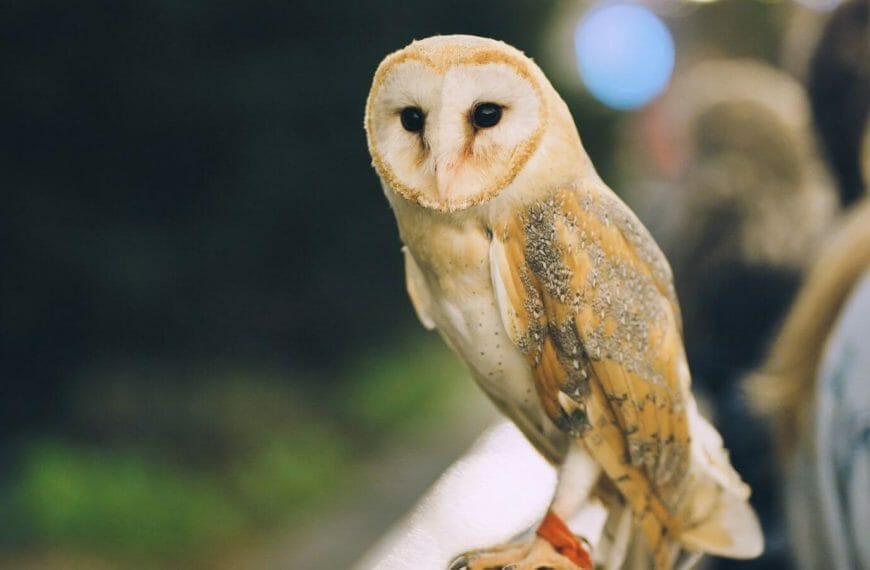


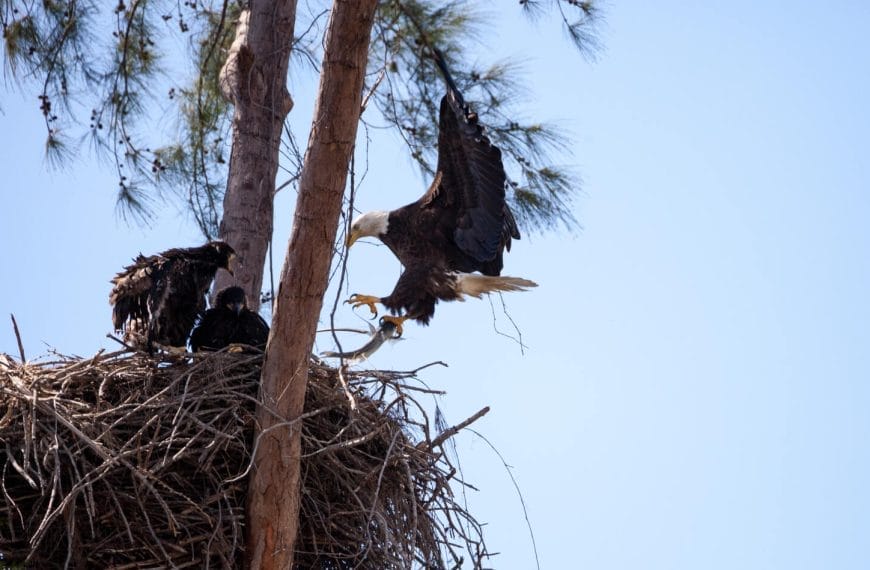


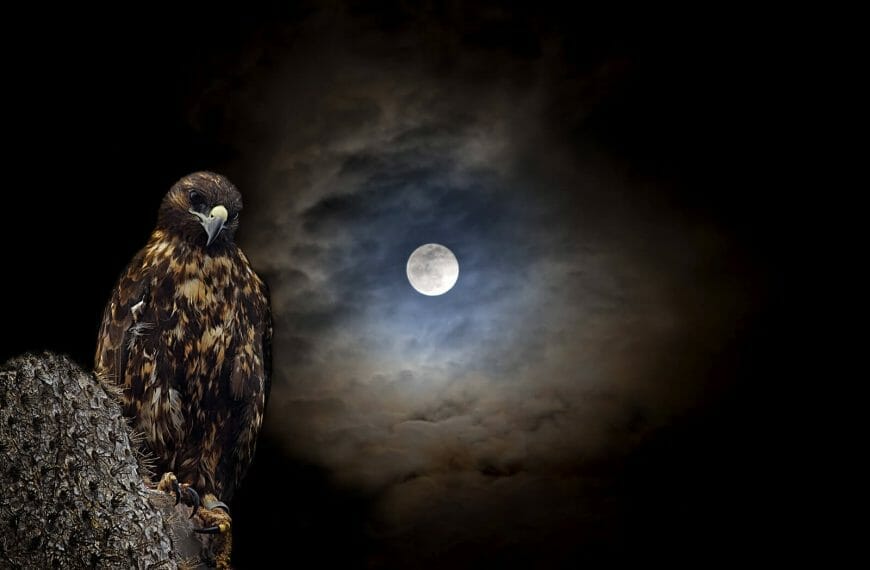
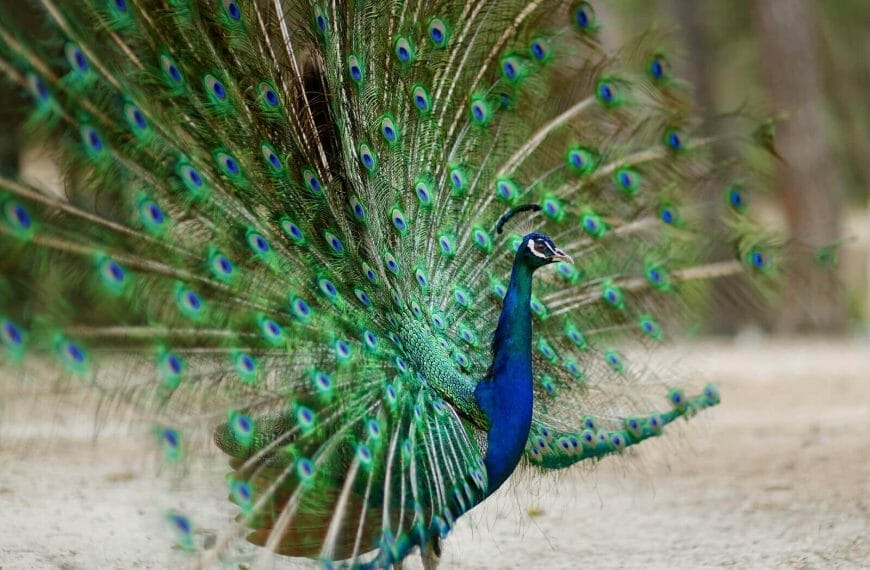


![How to Keep Birds Off Your Boat: Ways and [Best] Deterrents to Keep Birds Away From Your Boat](https://ekz2dfuukk8.exactdn.com/storage/2023/05/how-to-keep-birds-of-your-boat.jpg?strip=all&lossy=1&ssl=1)





